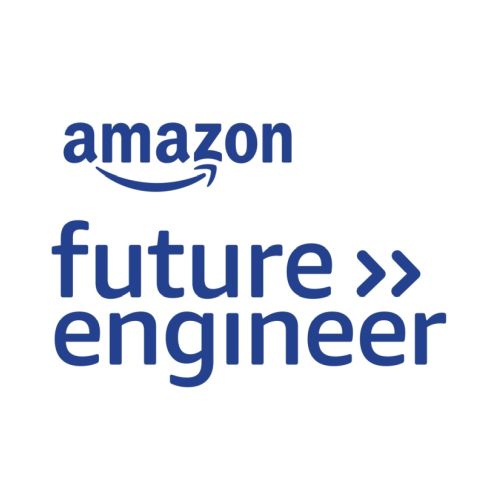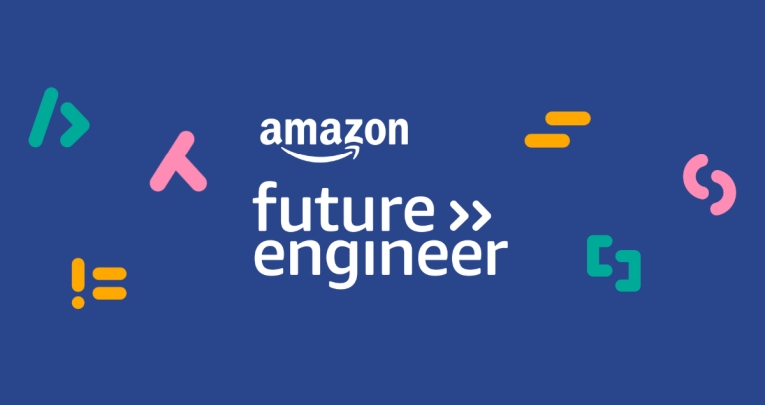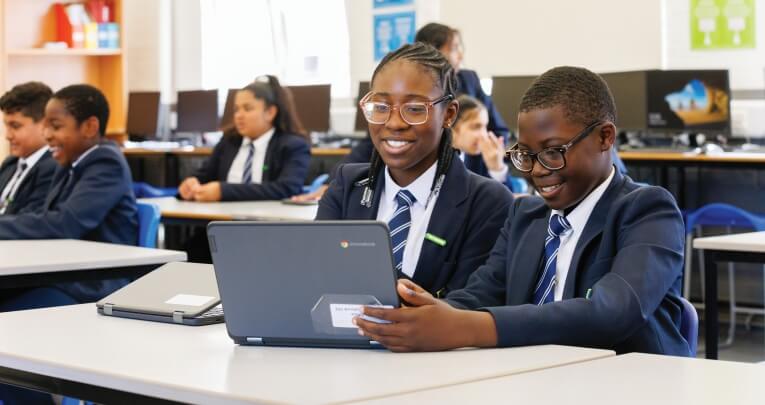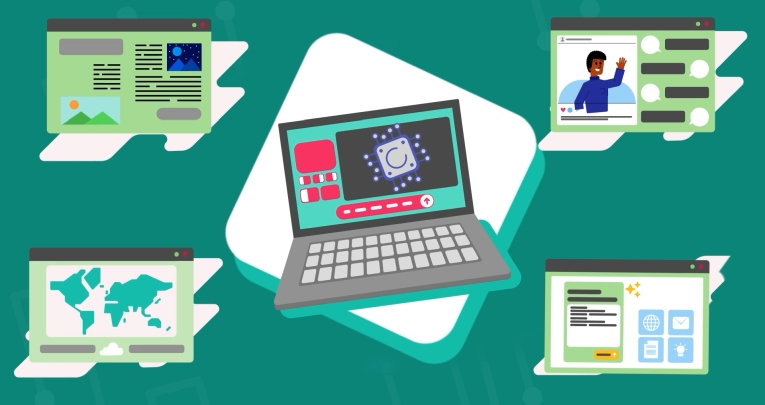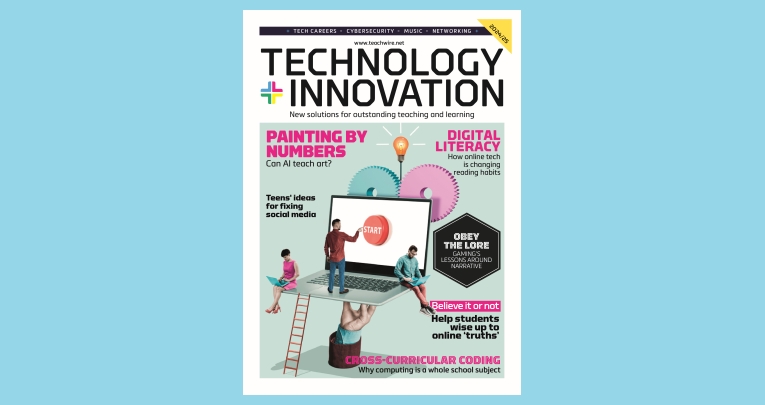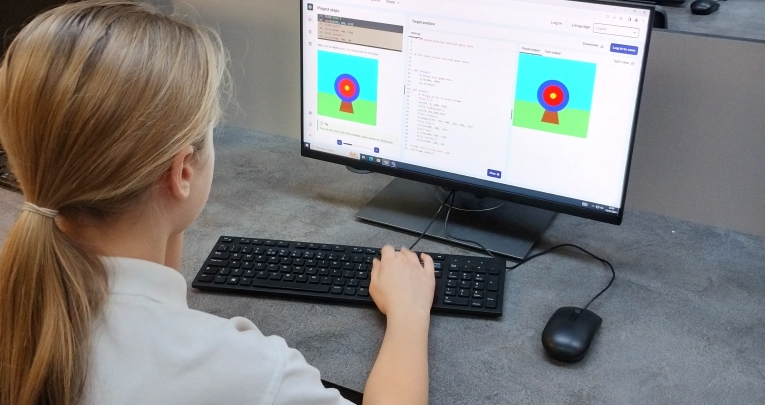From teaching coding to exploring what makes high-tech fulfilment centres tick, these free, engaging programmes from Amazon Future Engineer have a huge amount to offer schools, says Adam Riches…
There is no denying that the world is changing at a breakneck pace. Realistically, technological advancements are happening at such a rate that education around such areas struggles to keep up with the surging forward momentum.
Learning needs to be relevant, and something that we often find in the classroom is that there is a disparity between traditional teaching methods and the world around us. What learners need are bridges that link their classroom content to the real world – not only for engagement, but also to inspire students and build their skills.
Understanding how the world around us works is pivotal for ensuring that young people succeed, but it’s also is of paramount importance for the next generation in terms of continuing development.
What is Amazon Future Engineer?
In this day and age, we can order pretty much anything online and have it arrive on our doorstep the next day. It is incredible and a far cry from the days where I used to collect tokens from the back of cereal boxes and then wait a month for a free toy to arrive!
It doesn’t happen by magic, though (well, it depends on your viewpoint; it is pretty magical!) – the technology, programming, and automation involved are mind-blowing.
Amazon is a complex machine that operates on intricacy and efficiency, but how well do we understand the processes it employs? Do young people really know how things land on their doorstep following a few simple clicks?
Amazon Future Engineer, a free-to-use platform designed by Amazon, aims to ensure they do by giving young people an insight into how the process works. Why? Because understanding these kind of things has huge transferability and relevance to curriculum topics.
Amazon Future Engineer encourages both primary and secondary-age learners to explore their curiosities about technology, programming and engineering. The free web-based resources guide learners through the integration and design of technology so they better understand the world around them.
“Amazon Future Engineer encourages both primary- and secondary-age learners to explore their curiosities about technology, programming and engineering.”
Where to begin with they simply see a package arrive on the doorstep, after a few simple interactions with the Amazon Future Engineer content, they begin to understand how incredible the world of engineering and technology is in our daily lives.
To support teachers, Amazon Future Engineer offers a wealth of free CPD resources and workshops, as well as STEM days that can be held in primary schools, hosted by a Smallpeice Trust educator.
They are designed to complement the national curriculum in science, technology, engineering and maths, and invite students to carry out ‘design and make’ activities.
The primary STEM day is made up of four challenges to be completed by a team of ‘STEM detectives’. These workshops build STEM skills, as well as supporting teamwork and creativity. It’s discovery learning with purpose and direction at its heart.
Teach coding with Turinglab
As a linguist, the idea of computers communicating has always fascinated me. The concept of coding can be hugely complex, but Turinglab, a key feature of Amazon Future Engineer, takes young people through various aspects of writing computer code.
It’s an online platform for teaching Python programming in a fun, engaging, and accessible way. Primarily aimed at KS3, it’s ideal for young people as they begin to make decisions about their potential future paths.
“Turinglab is ideal for young people as they begin to make decisions about their potential future paths.”
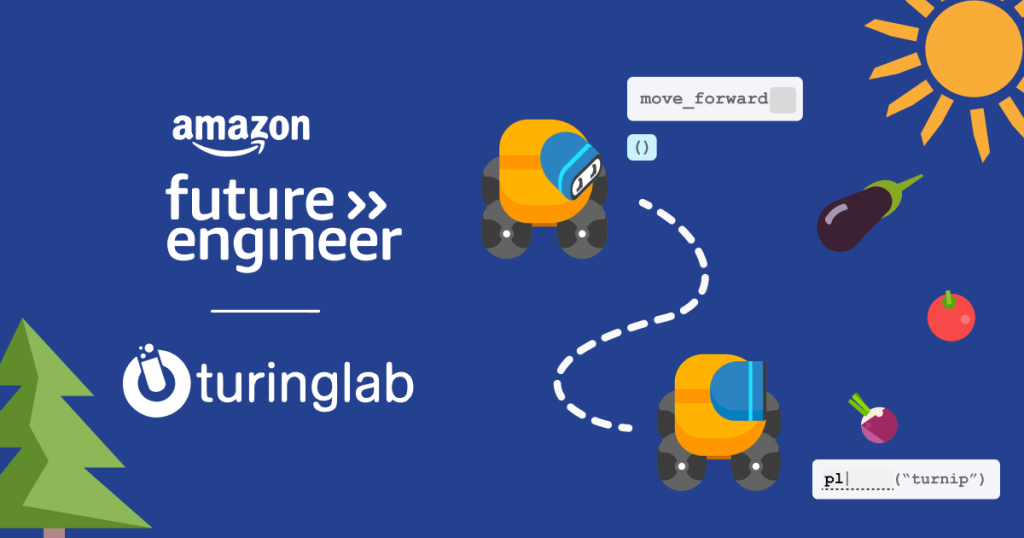
Turinglab helps develop students’ independence, critical thinking, and problem-solving skills while making it easier for educators to teach coding effectively and monitor progress. The features encourage both collaborative use and independent learning, simulating quite realistically what it is like to work in industry.
Learners are encouraged to explore Turinglab’s Python fundamentals course, programming a farmbot, setting up smart cities, and creating a chatbot. Additionally, students can start to create amazing posters and graphics in a short course – there really is so much for everyone, and the best thing is it’s all free.
Take students on a virtual tour
From a teacher perspective, fostering real engagement with industries can be difficult. School trips and visits often take serious organisation, not to mention the cost involved.
Amazon Future Engineer gives industry insight remotely through virtual tours of Amazon’s fulfilment centres. The programme is run through Kahoot, allowing young people to get a glimpse into relevant industries and test their understanding through quizzing against other students.
The best things for classroom practitioners? It’s all done for you. Amazon Future Engineer is a tool that costs nothing and keeps learners engaged and busy whilst actually learning.
Expanding learners’ horizons
The curriculum is designed to support young people progressing in their learning, but it is the supplementation that we give them as teachers that inspires their curiosity and pushes them to develop their interests beyond books and pens.
With resources like Amazon Future Engineer at our disposal, we can support young people to discover aspects of everyday life that have layers of complexity beyond their recognition.
“Amazon Future Engineer is a tool that costs nothing and keeps learners engaged and busy whilst actually learning.”
Amazon Future Engineer isn’t just about coding and understanding business processes; it’s about looking at the world around you and asking what, how, and why, and that’s what real learning is all about.




